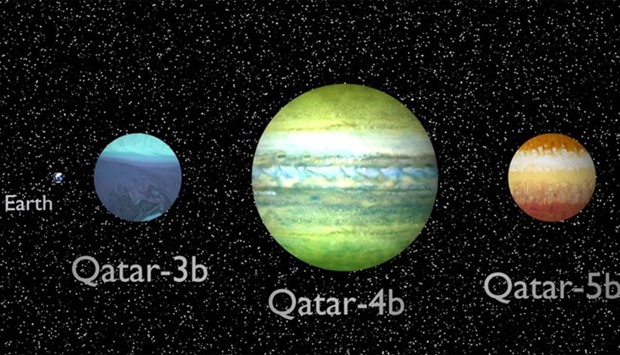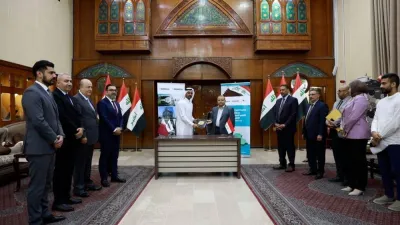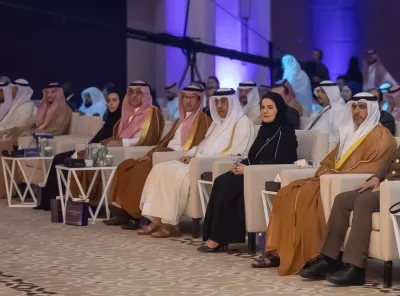The research is funded by the Qatar National Research Fund (QNRF) and is published in the repository Arxiv.org (https://arxiv.org/abs/1606.06882).
The team identified the new exoplanets using tens of thousands of images collected by the dedicated QES telescopes in New Mexico (USA), Tenerife (Spain) and Urumqi (China) .
Following an agreement with the International Astronomical Union (IAU), the three new planets are officially named Qatar-3b, Qatar-4b and Qatar-5b.
Exoplanets are planets orbiting around other stars, outside of our own solar system. The three newly discovered exoplanets belong to a category astronomers call ‘hot Jupiters’: planets with a size similar to that of Jupiter (the largest planet in our solar system), which are located very close to their host star and, due to this proximity, have temperatures that range between 1,200 and 3,000 degrees Celsius. Hot Jupiters typically take about 1 to 10 Earth’s days for a full orbit around their host star. That is, ‘a year’ on the hot Jupiters lasts only 1-10 Earth’s days, considerably shorter than ours on Earth which is 365 days.
The three new exoplanets have sizes between 1 and 1.5 times that of Jupiter (12 to 17 times larger than the Earth), temperatures between 1,400 and 1,700 degrees Celsius and complete full orbits around their stars in times ranging between 1.8 and 2.9 Earth’s days. The distances to the new planets were calculated to be of the order of 1,400 to 1,800 light years away - a light year is equal to 10tn km.
The continuing discovery of extrasolar planets is a key factor towards the goal of answering some of contemporary astronomy’s fundamental questions, such as ‘How are planets and planetary systems formed?’ and ‘Are there other planets similar to Earth?’.
The three new planets, together with the previous discoveries of Qatar-1b and Qatar-2b, are part of Qatar’s contribution to this goal and bring the QES-team in the top-five, among 30 teams around the world that use ground-based telescopes to search for extrasolar planets.
The QES team plans to automate and simplify the techniques for reliable detection of exoplanets using Earth-based small telescopes to facilitate the participation of a larger number of scientists and amateur astronomers around the world to improve and accelerate detection of exoplanets.
"With thousands of Astronomy Amateur clubs around the world we hope they can adopt our technique and algorithms to discover thousands more of exoplanets" said Dr Khalid A al-Subai, the team lead and QEERI’s acting Executive Director and first author of the publication.
With most of the bright stars in the sky having Arab names, Dr al-Subai hopes that the Qatar Exoplanet Survey resurrects the great tradition of the Arab world in the field of astronomy by adding to the modern astronomical records five exoplanets bearing Qatar’s name.

Following an agreement with the International Astronomical Union (IAU), the three new planets are officially named Qatar-3b, Qatar-4b and Qatar-5b.
Scientists at the Qatar Environment and Energy Research Institute of the Qatar Foundation (QEERI/QF) announced the discovery of three new extrasolar planets using an optical Earth-based telescope established by QF as part of the ongoing Qatar Exoplanet Survey (QES).


